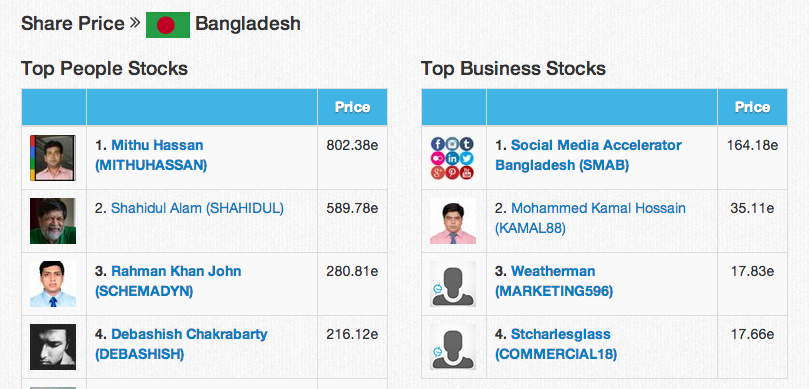In professional circles our school of photography Pathshala is considered to be one of the finest in the world. So it is no surprise that our students are excellent at their craft. However, having been in the profession for over 30 years and having worked in over 60 countries, I know full well that it takes more than photographic skills to become a successful photographer. People skills are essential and having a good online presence is mandatory.
So in the class I take for final year students, I no longer teach photography. There are plenty of other teachers who do that well. I help develop students? career prospects. We talk about presentation, writing grant applications, negotiating with clients and about having a strong online presence.
While I showed them graphs and statistics about how photographs and videos increase their reach and engagement in social media, I was still having trouble getting them to use social media (SM) effectively. They were active on facebook and did share things amongst one another, but it wasn’t part of a systematic online strategy. Several of the students had done badly in their exams in my last batch, and as a teacher I had to share part of the blame. Then?I came across Empire Avenue?(EA). The best thing about EA was that it was a game. They might not see the value of having virtual stocks and virtual money, but winning at a game is what many young people enjoy, and the ruse worked.

Debashish Chakrabarty (DEBASHISH) quickly made it to number four in the Bangladesh leaders table and several other students made it to the leaders list. By setting up and completing missions, they were expanding their network, promoting themselves and their pet projects, actively engaging online and using the Internet more effectively. Soon all students had set up accounts at the most popular SM sites. They were posting more, running and completing missions, and in general terms much more active online.
A side benefit for me as a tutor was that all their activities were measurable. I could see changes in their SM scores and we could together analyse what worked and what didn?t. Soon they were giving me a run for my money. It also meant that their Klout rating went up. As engagement in the most popular platforms helped both their EA score as well as their Klout score. It was easy to mark their exams as EA did most of the work for me. It also set up a mild competition in the classroom where they tried to outdo each other, encouraged by the changes in their scores based directly upon their online activity.
There was a direct benefit to me too. Not only were they engaging with each other and making new online friends, they were engaging with my content as well! The surprise came yesterday as I saw my own?Klout ranking soar from 74.43 to 76.86 in a single day. As it is, I am the second highest ranked Bangladeshi on Klout after the Nobel Laureate Professor Muhammad Yunus, and way above the online rankings of our Prime Minister or the leader of the opposition! But having a Nobel Prize does give you an advantage, and while Professor Yunus is an old friend whom I admire, catching up with him on Klout wasn’t going to be easy. Until now.
The students had an edge. Being photographers, submitting good content on instagram,?flickr and pinterest was easy. They also quickly realized that if they provided an interesting image to go with their text, it was much more likely to be picked up, discussed and generally engaged with. Those producing video had a further edge. Some were even making their mark as curators.
But I had the most fun. By letting them play a game, in one full swoop, I had transformed my classroom into an immersive teaching environment, and I didn’t even have to mark exam papers afterwards! And while you have students pushing up your score, who needs a Nobel Prize?

Interesting play of ideas in your classroom. Enjoyed the article and trying to plan a strategy myself.